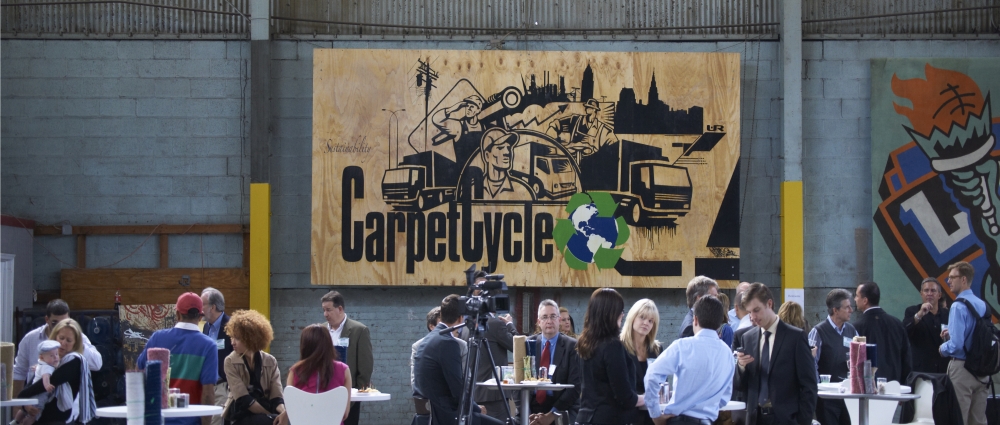News & Stories
New Biomaterial Could Replace Plastic & Greatly Reduce Pollution
Completely compostable, the material - a polysaccharide polyelectrolyte complex - is comprised of nearly equal parts of treated cellulose pulp from wood or cotton, and chitosan, which is derived from chitin - the primary ingredient in the exoskeletons of anthropods and crustaceans. The main source of chitin is the mountains of leftover shells from lobsters, crabs and shrimp consumed by humans.

The environmentally friendly barrier coatings have numerous applications ranging from water-resistant paper, to coatings for ceiling tiles and wallboard, to food coatings to seal in freshness, according to lead researcher Jeffrey Catchmark.
"The material's unexpected strong, insoluble adhesive properties are useful for packaging as well as other applications, such as better performing, fully natural wood-fiber composites for construction and even flooring," her said. "And the technology has the potential to be incorporated into foods to reduce fat uptake during frying and maintain crispness. Since the coating is essentially fiber-based, it is a means of adding fiber to diets."
The potential reduction of pollution is immense if these barrier coatings replace millions of tons of petroleum-based plastic associated with food packing. It is anticipated that 10 percent of all plastic produced globally will become ocean debris, representing a significant ecological and human health threat.
The polysaccharide polyelectrolyte complex coatings performned well in research, the findings of which were published recently in Green Chemistry. Paperboard coated with biomaterial, comprised of nanostructured fibrous particles of carboxymethyl cellulose and chitosan, exhbited strong oil and water barrier properties. The coating also resisted toluene, heptane and salt solutions and exhibited improved wet and dry mechanical and water vapor barrier properties.
By: Penn State University
Source: www.sciencedaily.com



